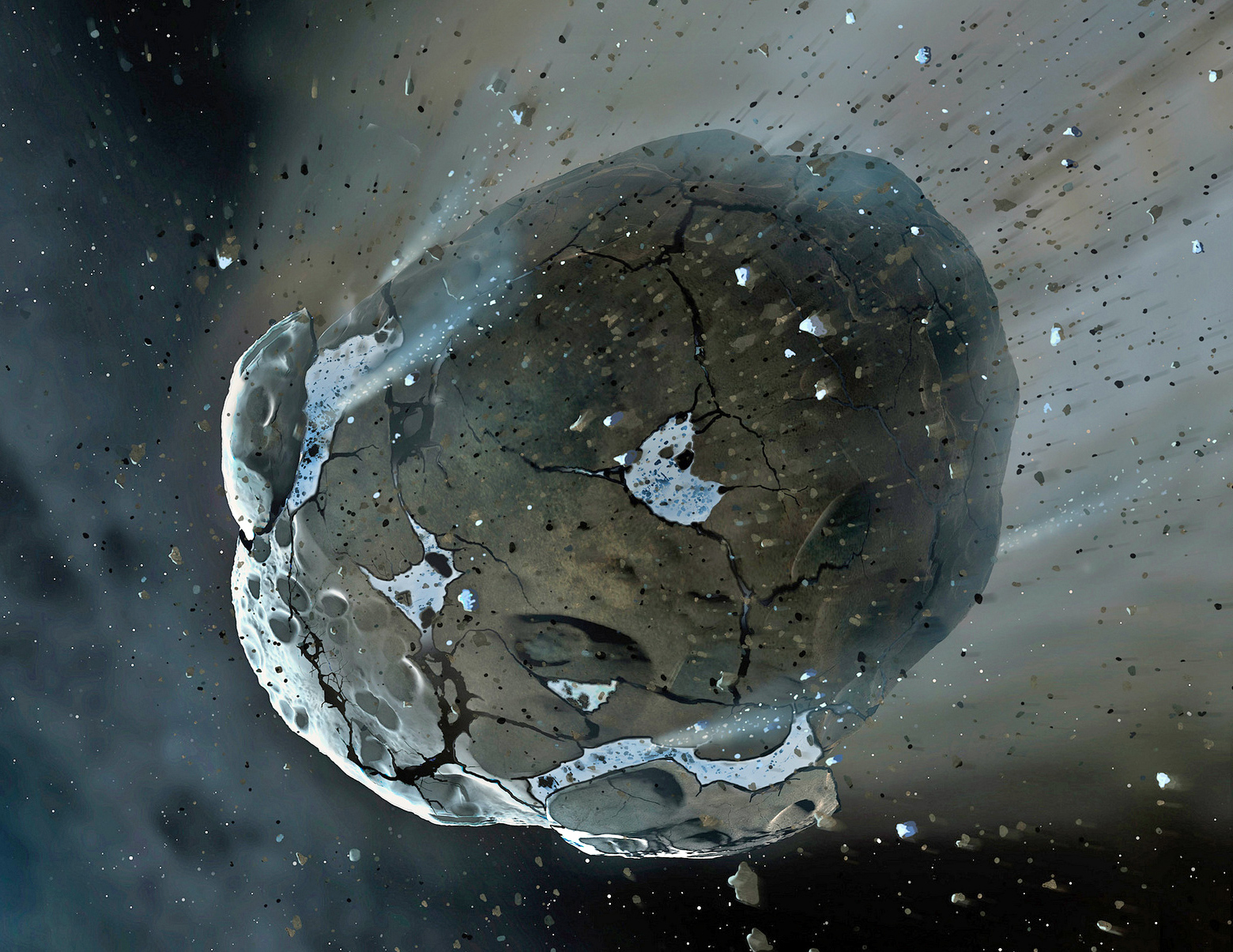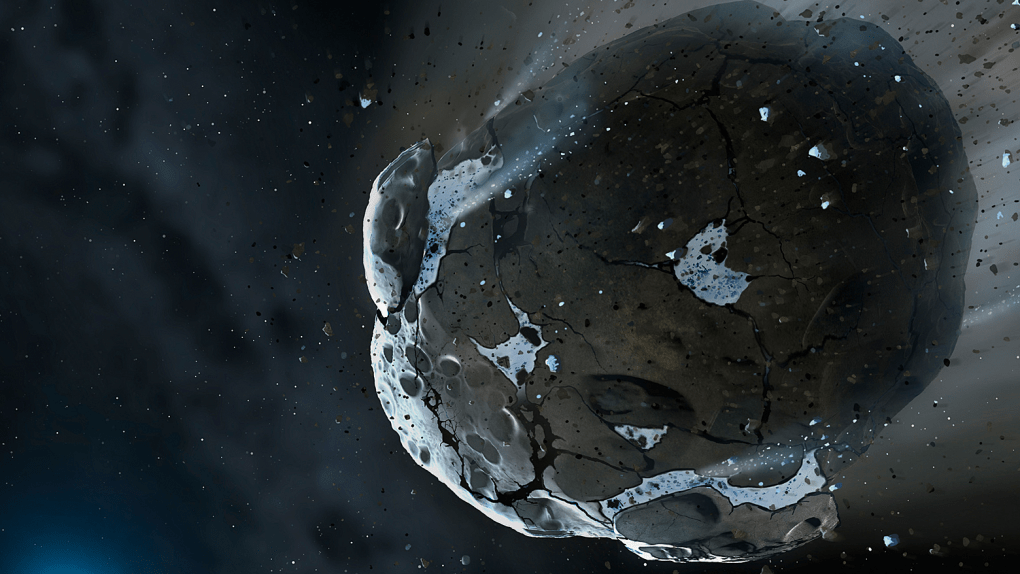Astronomers believe that a near-Earth glowing asteroid may actually be an ancient chunk of the Moon.
The asteroid, which is known as Kamo’oalewa, can be seen every April. most recently, it was observed through the Large Binocular Telescope in Arizona. There, astronomers analyzed the way that light reflects off of the surface of the chunk. Those results seem to suggest that the chunk of rock could actually be an ancient piece of the Moon.
Why astronomers think the glowing asteroid could be part of the moon

Observations found that the spectra of the asteroid closely match that of the lunar rocks returned during NASA’s Apollo missions. Based on those observations, they believe that the rock could have originally come from the Moon. They published their results and observations in Communications Earth & Environment on Thursday.
“We looked at the spectral behavior of asteroids that the scientific community has studied before, and we couldn’t find a good match in any known library,” Benjamin Sharkey, the lead author on the study told Gizmodo. Sharkey says that after they couldn’t find a match, the astronomers then started looking at lunar material to see if anything there matched what they were seeing on the asteroid.
“We found that they provided a much more direct match to our observations,” he explained to Gizmodo.
The astronomers also found other ways that the surface of the asteroid matches the rocks recovered from the Apollo missions, including its location and the way it orbits.
“It is very unlikely that a garden-variety near-Earth asteroid would spontaneously move into a quasi-satellite orbit like Kamo’oalewa’s,” Renu Malhotra, co-author of the study and a planetary scientist at the University of Arizona, wrote in a news release.
Kamo’oalewa’s origin

The PanSTARRS telescope originally discovered the asteroid in 2016. Its name alludes to the asteroid’s revolving visibility in the Earth’s sky. It isn’t a part of the primary asteroid belt that is found between Jupiter and Mars. Instead, the 200-foot-long rock is near-Earth. Essentially, it orbits the sun, but it is closer to Earth than other asteroids that scientists have discovered.
Every April, certain telescopes can pick up the asteroid as it makes its revolution. The Kamo’oalewa orbits roughly 9 million miles from Earth. The Moon itself is around 250,000 miles away at its orbit’s farthest point. The asteroid is still a long way off, but it’s closer than a lot of the other asteroids we have discovered out there.
Malhotra’s lab is working to determine the origins of the asteroid. That could reveal if, when, and how it might have broken away from the Moon.








